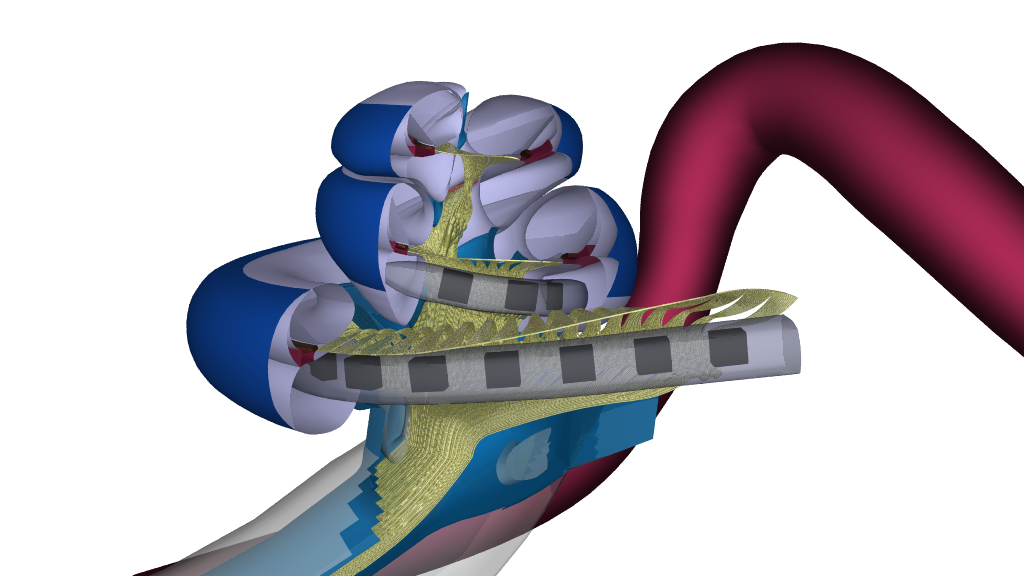Disorders of the head and neck
&width=826&height=464)
Aim and focus of the research programme
The research programme focuses on (neuro-)otology (disorders of the inner ear, i.e., the cochlea and vestibular organ), specifically auditory implants (CIs and ABIs, electrical prostheses for the deaf) and vestibular disorders, with a focus on Meniere’s disease. The research on electrical stimulation of the auditory pathways has a long-standing history in the study of the electrode-to-neural interface, aiming at the development of new clinically applicable speech coding strategies and electrode designs focusing on societal impact. Thereby, it has a strong translational character, and combines computational modelling, imaging, electrophysiology (in animals and humans), psychophysics and clinical trials. The group has initiated stem cell research aimed at regenerative medicine of the auditory nerve and the vestibular organ.
…Aim and focus of the research programme
The research programme focuses on (neuro-)otology (disorders of the inner ear, i.e., the cochlea and vestibular organ), specifically auditory implants (CIs and ABIs, electrical prostheses for the deaf) and vestibular disorders, with a focus on Meniere’s disease. The research on electrical stimulation of the auditory pathways has a long-standing history in the study of the electrode-to-neural interface, aiming at the development of new clinically applicable speech coding strategies and electrode designs focusing on societal impact. Thereby, it has a strong translational character, and combines computational modelling, imaging, electrophysiology (in animals and humans), psychophysics and clinical trials. The group has initiated stem cell research aimed at regenerative medicine of the auditory nerve and the vestibular organ.
There are three main research tracks, the first being more technical, the second more biological, and the third one focusing on evaluation of care.
Collaborations
Cohesion within LUMC
The research program is embedded in the LUMC research themes Neuroscience and cells, tissues and organs.
Parts of the research are conducted in collaboration with other departments within the LUMC, such as Medical Decision Making, the department of Neuroradiology, Neurophysiology, Pediatrics, Molecular Imaging and Anatomy and embryology.
In addition, there are many collaborations both nationally and internationally as seen below.